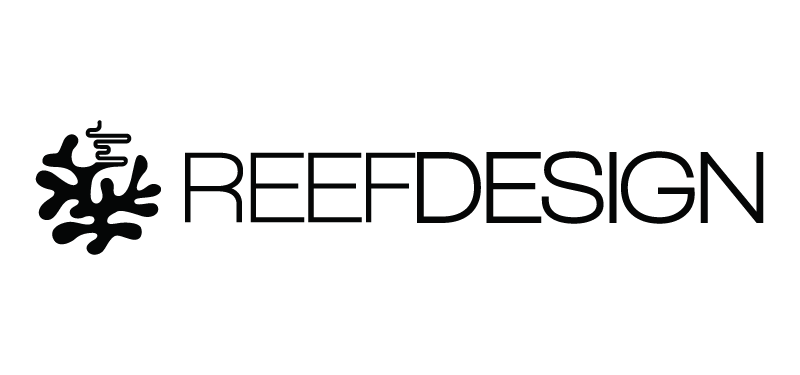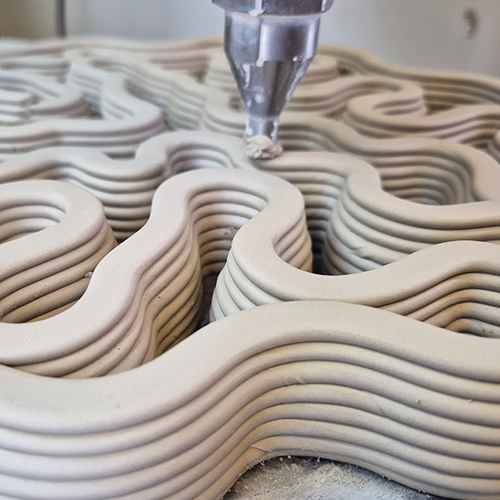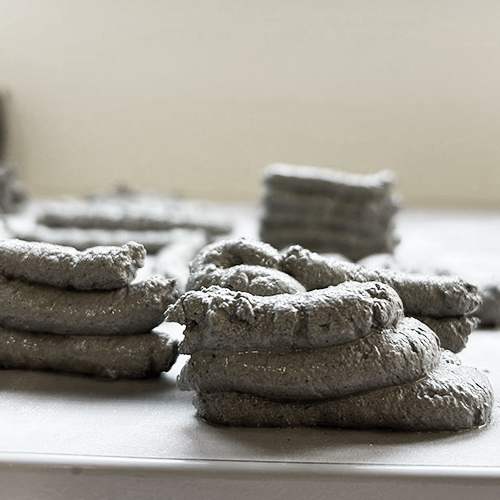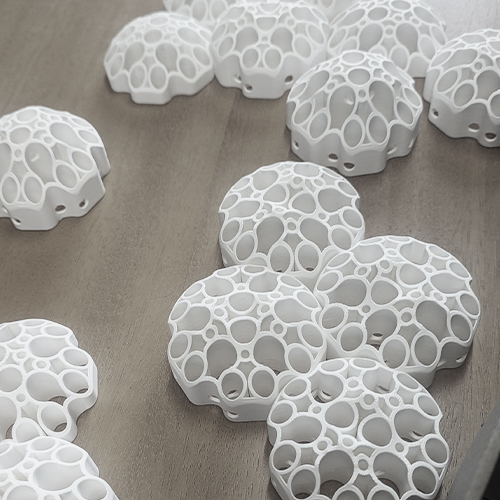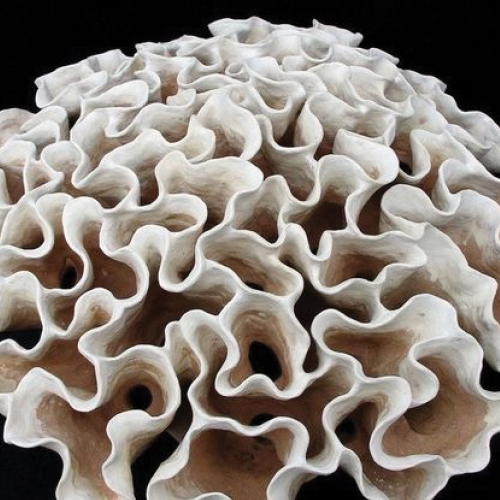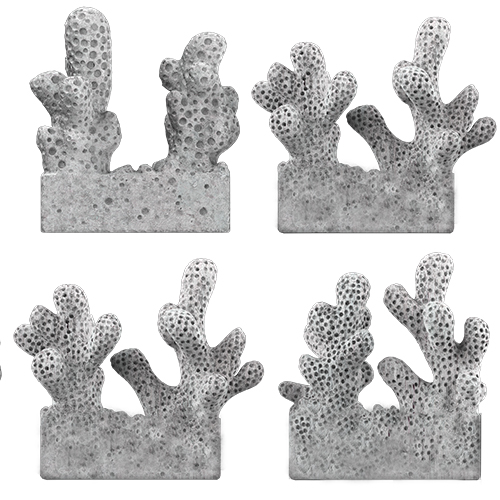03 Apr Artificial substrates validation
After validating the required granulometries and proportions of the materials used for manufacturing—crushed mussel shell, metakaolin, and white cement CEM I—the formulation was prepared for the extrusion of the final pieces, which will be tested in the sea alongside the large-scale artificial reef....

